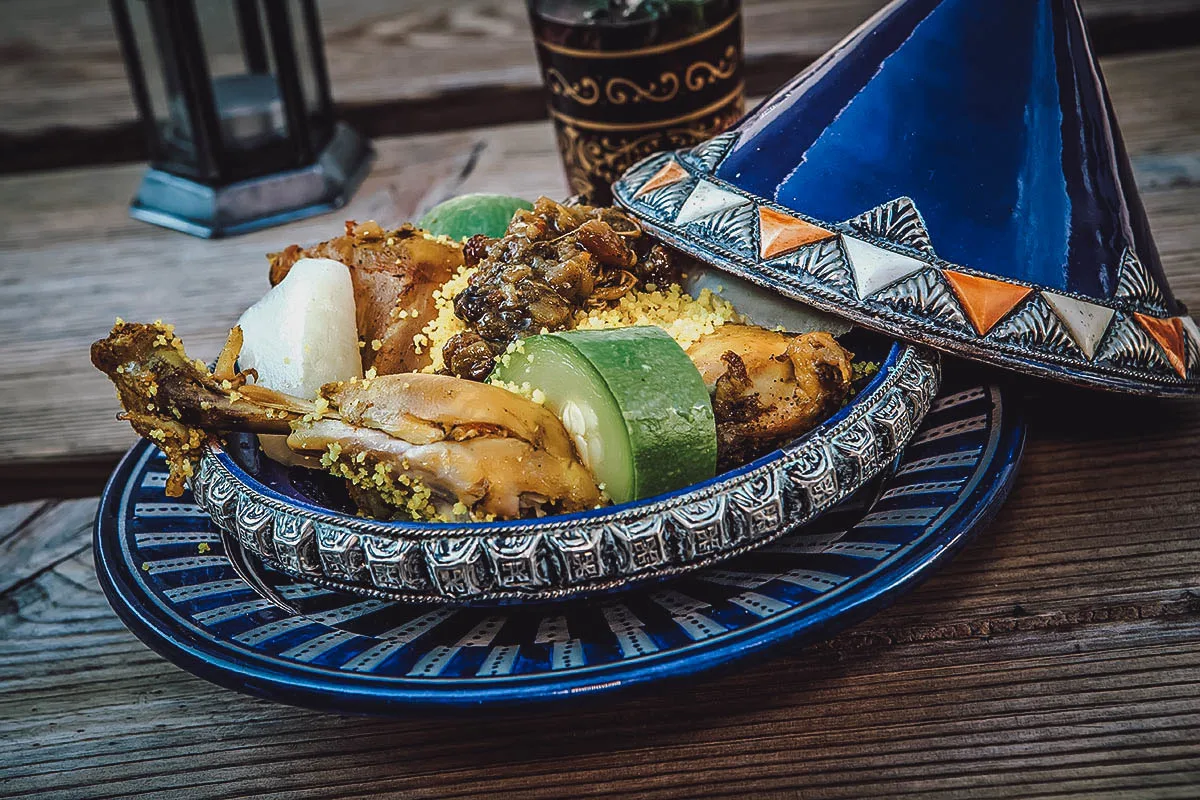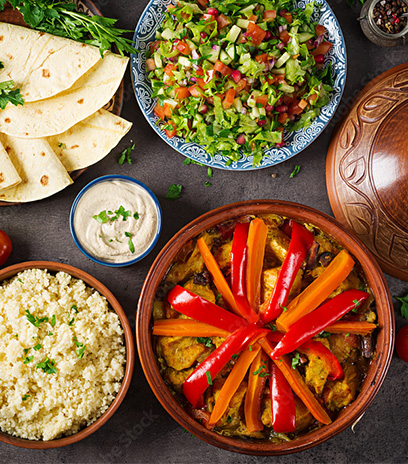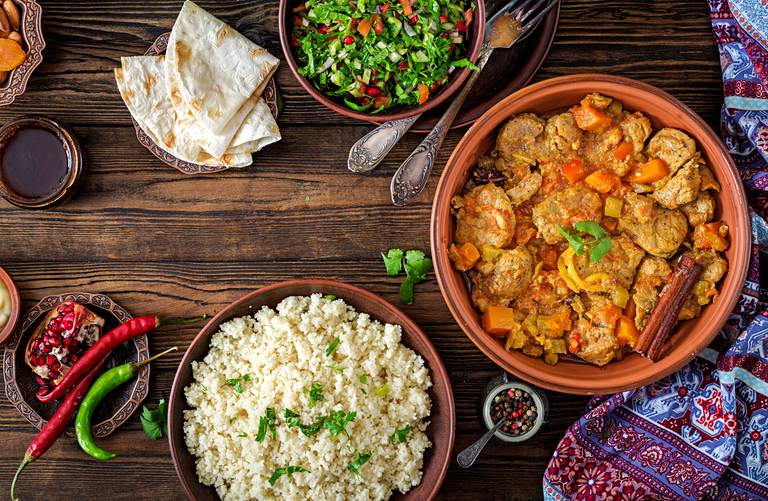Mediterranean Food: A Flavorful Journey Via Tradition and Taste
Mediterranean cuisine serves as an amazing intersection of practice and taste, attracting from a diverse array of societies that extend continents. The extensive flavors and health advantages associated with the Mediterranean diet plan have gathered worldwide adoration, yet underneath its surface exists an intricate story of historic influences and regional specialties that necessitate further expedition.
Beginnings of Mediterranean Cuisine
The origins of Mediterranean cuisine are deeply rooted in an abundant tapestry of history, geography, and cultural exchange. This cooking tradition emerges from an area defined by its diverse landscapes, consisting of coasts, hills, and productive plains, which have actually affected its agricultural methods and food production. The Mediterranean Basin, encompassing nations such as Italy, Greece, Spain, and Turkey, has actually been a crossroads of worlds for millennia, where trade routes helped with the exchange of active ingredients, techniques, and culinary viewpoints.
Old societies, including the Greeks and Romans, substantially shaped Mediterranean foodways, emphasizing the importance of fresh, seasonal produce and common eating. The spread of agriculture, particularly the farming of olives, grains, and grapes, laid the structure for recipes that stay staples today. Moreover, the impact of various conquerors and traders, such as the Moors and Ottomans, introduced cooking styles and brand-new tastes, additionally enhancing the food.
Today, Mediterranean cuisine is commemorated not just for its flavor and variety but also for its focus on healthful eating, symbolizing a balanced strategy to nutrition that remains to appeal to international tastes buds. This historic interplay of components and societies creates the essence of what we currently recognize as Mediterranean food.
Trick Components and Flavors
Mediterranean cuisine is identified by a lively range of key active ingredients and flavors that mirror the region's farming bounty and social heritage. Central to this culinary tradition are fresh veggies, fruits, and herbs, which supply essential nutrients and vibrant tastes. mediterranean restaurant las vegas. Staples such as tomatoes, eggplants, olives, and bell peppers are regularly included, showcasing the region's varied environment and soil
Olive oil, commonly regarded as the backbone of Mediterranean food preparation, conveys richness and deepness to dishes. It is complemented by a selection of herbs and seasonings, consisting of basil, garlic, and oregano, which raise the tastes of meats, fish and shellfish, and grains. Grains, especially wheat and rice, function as fundamental components, with dishes like couscous and pasta being staples across the region.
Additionally, legumes such as chickpeas and lentils not just provide healthy protein however additionally add to the cuisine's heartiness. Using dairy products, particularly yogurt and feta cheese, includes creaminess and flavor. Finally, fish and shellfish, bountiful in seaside areas, attributes prominently, with fresh fish and shellfish providing a preference of the sea. Jointly, these active ingredients develop an unified equilibrium that specifies Mediterranean food.
Regional Specialties and variations
Diverse local variants and specialties identify Mediterranean cuisine, showing the special social impacts, geography, and history of each area. In the seaside regions of Italy, for instance, fish and shellfish rules supreme, with recipes like Sicilian caponata showcasing a mix of eggplant, olives, and capers. Greece is renowned for its use of feta cheese, olives, and fresh natural herbs, apparent in timeless preparations such as moussaka and spanakopita.
The Levantine countries, including Lebanon and Syria, emphasize the usage of grains and spices, with specialties like tabbouleh and kibbeh taking spotlight. North Africa, particularly Morocco, attracts attention for its aromatic tagines and couscous, often enriched with dried fruits and a rich selection of flavors.
On the other hand, the Iberian Peninsula highlights using treated meats and strong tastes, with Spanish paella and Portuguese bacalhau exhibiting the area's culinary diversity.
Each Mediterranean area not only celebrates its neighborhood active ingredients however also reflects the historical trade routes and cultural exchanges that have actually formed its food culture, producing a vivid tapestry of flavors that mesmerizes the taste.
Cooking Strategies and Designs
Cooking methods and styles in Mediterranean food are as varied as the regions themselves, often reflecting neighborhood traditions and available components. The heart of Mediterranean cooking depends on its simpleness, where fresh fruit and vegetables, herbs, and olive oil take spotlight. Techniques such as barbecuing, roasting, and sautéing are typically employed, enabling the natural flavors of the components to beam.
Grilling, prevalent in coastal areas, infuses seafood and meats with a smoky richness, while roasting, particularly between East, enhances the sweet taste of origin vegetables and meats. Sautéing, often utilized in Italian and Spanish dishes, offers a fast approach to highlight the richness of garlic and onions, acting as a structure for numerous sauces.
Stewing is another vital strategy, particularly in North African foods, where tagines simmer fragrant flavors and tender meats gradually, combining tastes in time - mediterranean restaurant las vegas. Baking, specifically in the context of bread and pastries, holds a substantial place in Mediterranean society, with each region flaunting its own specialties. On the whole, these diverse food preparation methods not only celebrate the components but additionally reflect the deep-rooted cooking heritage of the Mediterranean, making each meal a testimony to its abundant background

Wellness Benefits of Mediterranean Diet Plan
Routinely recognized for its many health advantages, the Mediterranean diet highlights the consumption of entire, minimally refined foods that advertise overall wellness. This dietary his comment is here pattern is abundant in fruits, vegetables, whole grains, vegetables, nuts, and healthy fats, specifically olive oil, while urging moderate intake of fish and chicken and restricting red meat and sweets.
Study constantly links the Mediterranean diet plan to a variety of health advantages. Especially, it has actually been linked with a decreased threat of heart diseases, mainly because of its emphasis on heart-healthy fats and anti-oxidants. The diet plan is additionally thought to boost cognitive function and might reduce the threat of neurodegenerative diseases such as Alzheimer's.
Additionally, the Mediterranean diet plan sustains weight administration via its concentrate on nutrient-dense foods that promote satiation. The high fiber content from fruits, vegetables, and entire grains aids digestion and aids preserve healthy and balanced blood glucose levels.
Along with physical their explanation health and wellness, the Mediterranean diet regimen fosters social wellness, as it encourages common dishes and shared culinary experiences. In general, adopting this diet is not only a course to enhanced wellness yet additionally a party of tastes, culture, and community.

Conclusion
Finally, Mediterranean food works as an abundant tapestry of custom and preference, showcasing varied local tastes and ingredients. The emphasis on fresh fruit and vegetables, olive oil, and aromatic check out this site natural herbs not only enhances culinary experiences however also promotes countless health and wellness advantages. By embracing time-honored food preparation techniques and fostering public dining, this culinary heritage remains to motivate and connect individuals across cultures, strengthening its status as a valued and prominent part of global gastronomy.

Food preparation strategies and designs in Mediterranean food are as varied as the regions themselves, often reflecting available components and local traditions.In final thought, Mediterranean food serves as an abundant tapestry of practice and taste, showcasing diverse local flavors and ingredients.